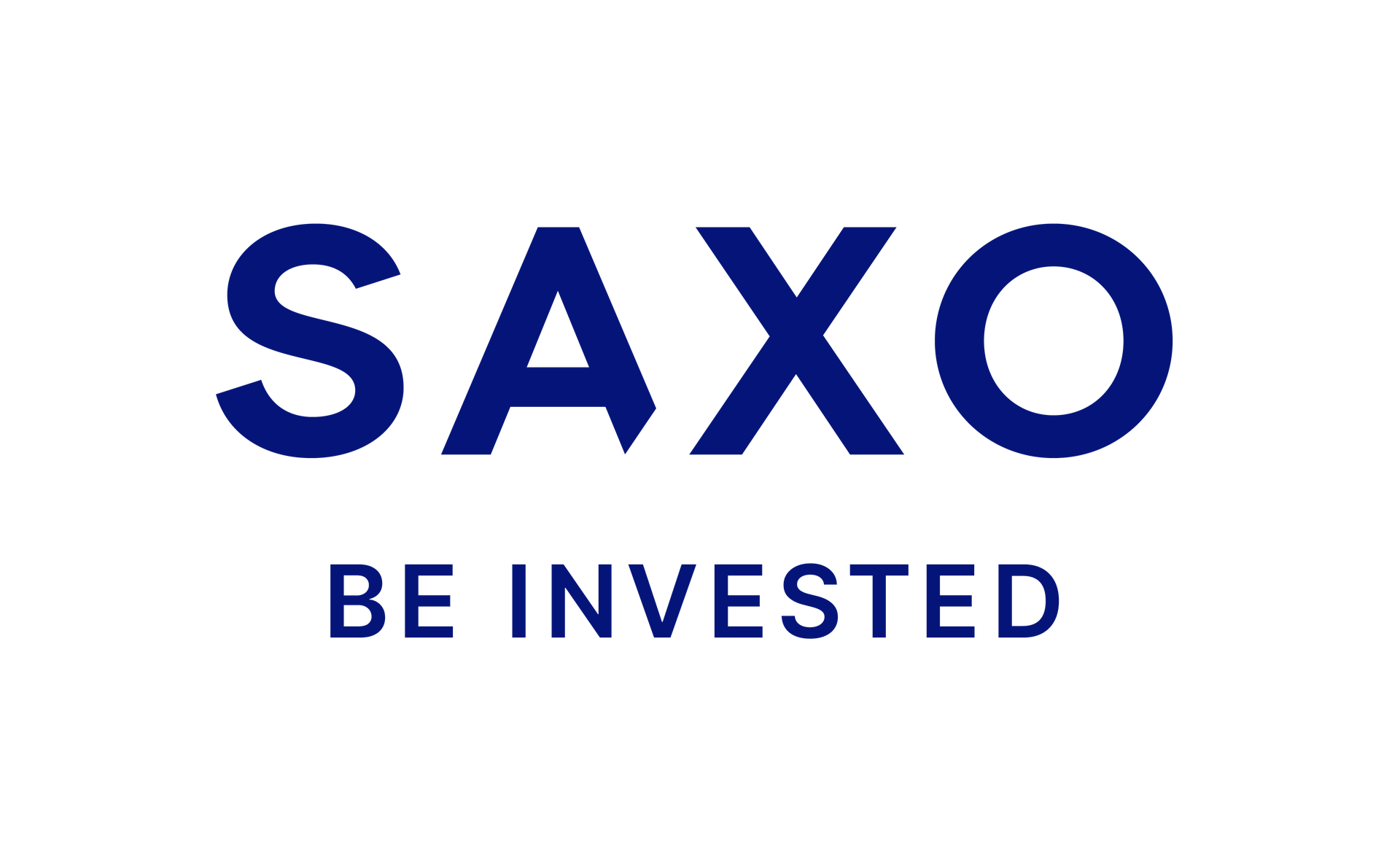It has, so far at least, been the Roaring Twenties. We are nearly halfway through the decade and for investors it has been an astounding one.
If anyone had known at the end of 2019 that the next five years would see the pandemic, an even deeper recession than 2009, inflation in double digits, Russia’s invasion of Ukraine, the catastrophe of Gaza, and the prospect of a trade war from President Donald Trump – they would surely have been pretty glum.
Yet there have been five years of strong equity markets, with the S&P 500 up 90 per cent, US GDP up by a nominal 30 per cent, extraordinary technological breakthroughs, and low unemployment in the developed world.
True, asset prices in the UK and most of Europe have failed to match the US, with the FTSE 100 up only 12 per cent, but our housing market has been solid, with the average home in England up from £249,000 in January 2020 to £309,000 in September. So what’s up? And more important, what are the prospects for the second half of the decade?
We are too close to give a definitive explanation, but the broad outlines are clear. Governments boosted their economies with deficit spending, and central banks had a decade of cheap money and quantitative easing.
So asset prices kept climbing, and while inflation did get out of control, all that money helped to underpin economic growth – more in the US where technology raced ahead, but also to some extent in the UK and Europe.
Which way next?: There have been five years of strong equity markets
The conflicts in Ukraine and the Middle East, while horrible in the extreme, seem so far to have been contained. As for world trade, companies have found ways to work within the curbs and it hasn’t collapsed as it did in the 1930s, after the original Roaring Twenties.
But the measures taken to prop up the economy carry dangers: the legacy of huge government debt and still-high deficits, the threat of inflation returning, the damage to international trade, and so on. Since asset prices are high on almost every measure, it is hard not to feel concerned.
How concerned? UBS has taken a brave look forward, not just to the year ahead but also into the next 10 years. Its key longer-term themes are debt, deglobalisation, demography, decarbonisation, and digitalisation.
On debt, it expects governments ‘to lean on central banks’ to finance their deficits. They will hold down interest rates and compel banks and pension funds to hold government bonds.
So they will try to inflate away the real value of their debt. UBS suggests that investors should hold real assets, such as equities, property, infrastructure and gold, to protect themselves.
Deglobalisation means slower growth and more inflation, which is troubling. But there will be gainers: companies involved in reshoring, defence, cybersecurity and automation.
On demography, the bank notes the contrast between the ageing developed world and the youthful Africa and Indian sub-continent, and how countries manage migration will influence growth.
The rapidly falling population of China means it will play a smaller role in the global economy from the next decade. UBS’s final two themes – decarbonisation and digitalisation – are straightforward. It points out that the former will cut growth and increase inflation, while the latter will have the opposite effect.
The message from that is pretty stark. A country that seeks to cut carbon emissions too swiftly will make its people poorer. It says: ‘It remains uncertain whether societies are prepared to accept higher energy costs, especially if energy demand rises owing to increased use of artificial intelligence.’
By contrast, the AI revolution will be a double plus, for it adds to growth and cuts costs. Since the US seems likely to remain the leader, that must surely be a further bull point for investment.
But there is still a huge question. To what extent is the good news already priced into the market, particularly in high-tech America? I can’t see the second half of the Twenties roaring as loudly as the first half. Sorry, but caution should be in the air.
DIY INVESTING PLATFORMS

AJ Bell

AJ Bell
Easy investing and ready-made portfolios

Hargreaves Lansdown

Hargreaves Lansdown
Free fund dealing and investment ideas

interactive investor

interactive investor
Flat-fee investing from £4.99 per month

Saxo

Saxo
Get £200 back in trading fees
Trading 212
Trading 212
Free dealing and no account fee
Affiliate links: If you take out a product This is Money may earn a commission. These deals are chosen by our editorial team, as we think they are worth highlighting. This does not affect our editorial independence.
Compare the best investing account for you
Some links in this article may be affiliate links. If you click on them we may earn a small commission. That helps us fund This Is Money, and keep it free to use. We do not write articles to promote products. We do not allow any commercial relationship to affect our editorial independence.

